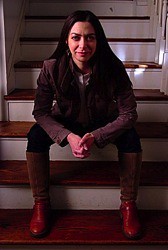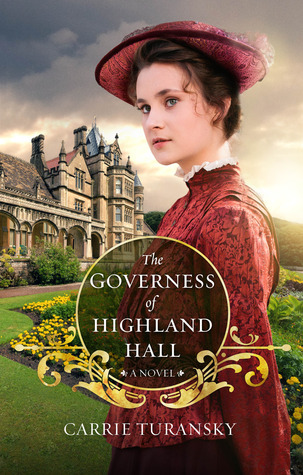Shire Books has been gracious enough to send me a few wonderful titles relevant to Edwardian Promenade, and as I browsed their July-December 2010 catalog, I was excited by the number of upcoming releases I thought would interest my readers.
In July, we have The London Underground by Andrew Emmerson. As funny as it may seem, subways were a late 19th century concept, and the London Underground is such an interesting topic because it just seems so modern to think of commuting (ca 1889) and rush hour (ca 1890).
Jumping into the 1920s, John Shepherd’s 1920s Britain: 1920-1929 is written from the perspective of those who lived, worked, and played in London in the aftermath of the devastating WWI.
In September, we have Life in the Victorian Country House by Pamela Horn. Horn has authored two of my most treasured books in my research collection, Ladies of the Manor: Wives and Daughters in Country-house Society 1830-1918 and High Society: The English Social Elite 1880-1914, and she appears to revisit both books in Life in the Victorian Country House (here’s to hoping she includes the best bits from them in this book).
Another interesting September title is Wig, Hairdressing and Shaving Bygones by Gail Durbin. This book covers beauty apparatuses from the age of wigs to hair clippers, and it looks very good.
In October, we have The Edwardian Farm by Jonathan Brown. A major reason why American heiresses were so sought after in the 1880s and beyond was because of the agricultural depression which struck the farms of our late Victorian and Edwardian aristocrats. The combined pressures of American and German industrialization and the desire for new generations of country folk to seek their wealth in factories or in England’s major cities served to decrease the income of most aristocrats considerably. Hence, the influx of cash from American coffers, cash which ironically derived from the industries that were killing the British economy, was much needed in a way British society had never before experienced. But as in the United States, farming rapidly turned towards industrialization and as this was the age of steam, the lives of English farmers is fascinating.
Also in October we have Early Electrical Appliances by Bob Gordon. Bet you didn’t know that electric toasters were invented in the 1890s, nor that Hoover vacuums date from 1908. Gordon recounts the histories of the labor-saving devices invented in the 19th and early 20th centuries, when the “servant problem” reached its peak.
Sound interesting? Leave a comment to be entered into a drawing to win a copy of The Victorians and Edwardians at Play by John Hannavy.




Oooh, these do sound good, especially the wigs and hairdressing one. Thanks for letting us know about these!
Sounds interesting
Love Shire books. I have been sent quite a few, and have loved everyone of them for the sheer volume of information.
Since Juliet Nicolson’s book The Great Silence: 1918-20 Living in the Shadow of the Great War came out, I would be most interested in reading a book you included: John Shepherd’s 1920s Britain: 1920-1929. It continues the theme of somehow getting on with life in London in the aftermath of the war to end all wars.
By the way, next semester I will be teaching a subject called The Art and Architecture of World War One. It will continue way past 1918, looking at how people memorialised the war, even into the 1930s.
More books for my reading list. Thanks for the information.